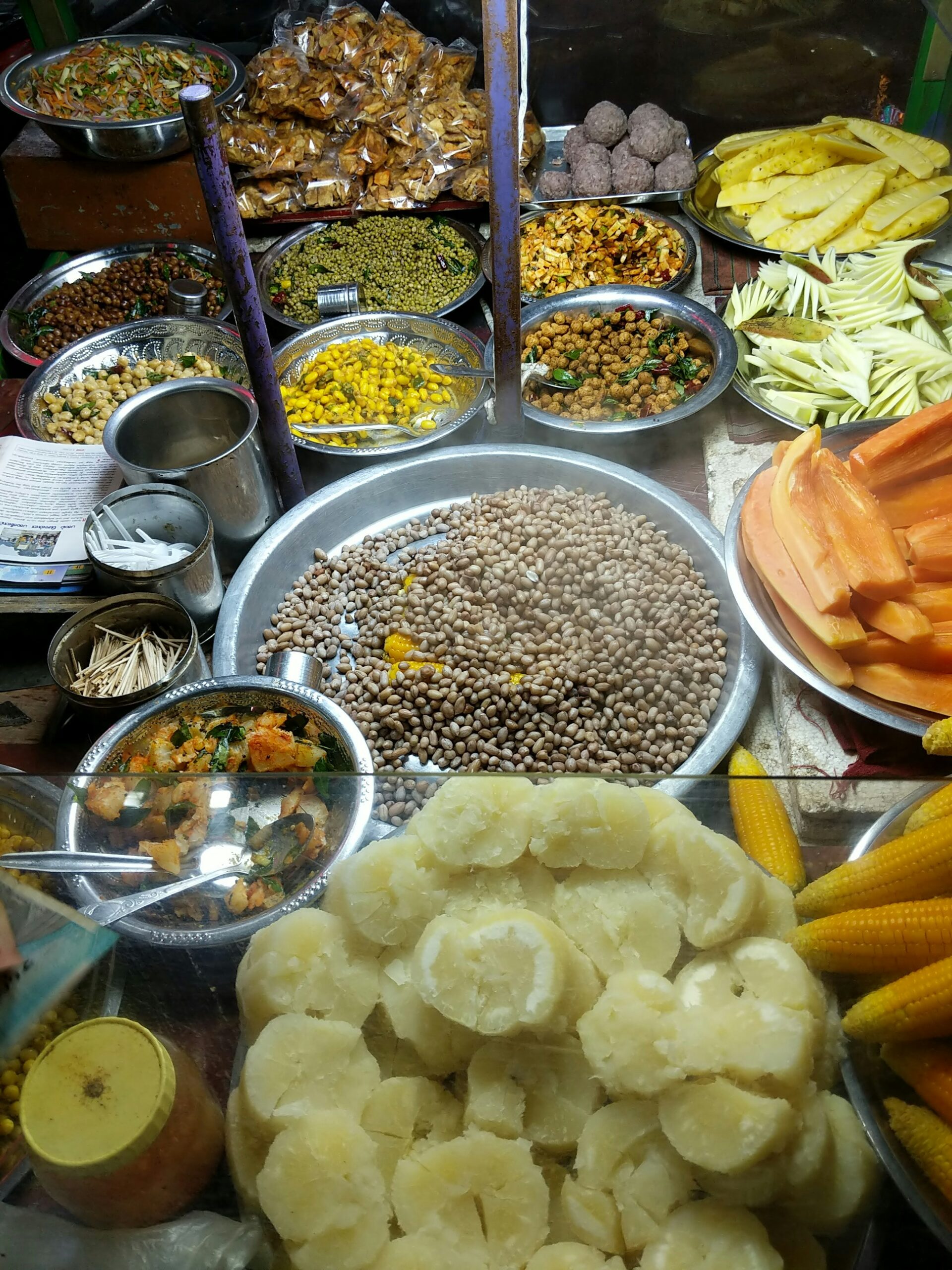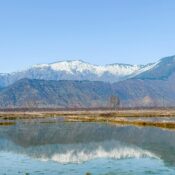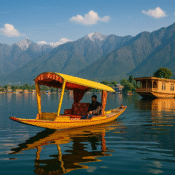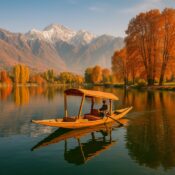Flavours of Kashmir: Wazwan Feasts, Street Food & Culinary Travel Tips

Flavours of Kashmir: Wazwan Feasts, Street Food & Culinary Travel Tips
Kashmir’s snowcapped peaks and tranquil lakes are legendary, but its cuisine is equally captivating. A trip to the valley isn’t complete without sampling the dishes that locals lovingly prepare from recipes passed down through centuries. Whether you’re planning a family holiday, an adventure tour or a romantic escape, this food-focused travel guide will help you taste the best of Kashmir while soaking up the culture and scenery.
Wazwan – The Royal Feast
The crown jewel of Kashmiri cuisine is wazwan, a multi‑course banquet traditionally served at weddings and celebrations. The very word comes from waz (cook) and wan (shop). A royal wazwan can include up to thirty‑six courses, most of them meat preparations cooked overnight by a master chef called a wouste waze. Guests sit in groups of four around a large copper platter called a traem. The feast begins with tender seekh kebabs and methi maaz and goes on to a parade of delicacies such as rogan josh, tabak maaz, daniwal korma and aab gosh; seven dishes – including gushtaba, the velvety yogurt meatball that ends the main course – are considered essential.
Experience a wazwan at a reputable restaurant like Ahdoos in Srinagar, on a houseboat anchored on Dal Lake or by joining a food tour arranged by a travel agent. Families and adventure seekers alike will enjoy watching the wazas (chefs) prepare the meats in large copper pots and learning about the customs that accompany the meal. Don’t forget to wash your hands in the tash‑t‑naer basin before you start, and share politely – wazwan is meant to be communal.
Street Snacks & Tea Time
If a lavish feast feels too heavy for a day of sightseeing, Kashmir’s street food will keep you fueled between treks and shikara rides. Try nadur monji, crispy fritters made from lotus stems coated in gram flour. This snack originates in Kashmir and is popular across South Asia. Vendors around Dal Lake and the old city fry them fresh; dip them in tangy chutney for extra zest.
On chilly mornings, locals warm up with bowls of harissa (slow‑cooked lamb porridge) and glasses of noon chai, a salty pink tea. Sweet lovers should sip fragrant kahwa, a green tea brewed with saffron, cardamom and sliced almonds. Pair your tea with sheermal (saffron flatbread) or bakarkhani biscuits from Srinagar’s bakeries. During festivals, you’ll find stalls selling shufta, a mix of fried dry fruits and nuts spiced with sugar and saffron – perfect energy for trekking.
Where to Eat – Cities, Resorts & Villages
Srinagar: Head to iconic restaurants like Ahdoos or Mughal Darbar to sample authentic wazwan. Stroll through Lal Chowk and Residency Road to nibble on street snacks, buy spices and dried fruits, and sip kahwa at local tea stalls. For a truly local experience, book a stay on a deluxe houseboat and enjoy home‑cooked meals while watching the sunset over Dal Lake.
Gulmarg: After skiing or taking the gondola up Mt. Apharwat, warm up with bowls of haak saag (collard greens) and mutton yakhni in the village market. Adventure seekers will love combining powder runs with food tastings; many travel packages include lunch at mountain lodges where you can savour traditional dishes before heading back out into the snow.
Pahalgam & Sonamarg: Surrounded by pine forests and alpine meadows, these hill stations are perfect for family picnics. Grill fresh trout from the Lidder River, sample gushtaba at small dhabas and indulge in blackberry and walnut jams produced locally. On the way to Pahalgam, stop at Pampore to wander through saffron fields when they bloom in autumn.
Off‑beat Villages: Explore Yousmarg, Gurez Valley or Lolab Valley with a guide and you’ll be invited into village homes for simple yet delicious meals of rice, lentils, mutton curry and fresh vegetables. Travelling with a reputable agency ensures cultural exchanges remain respectful and that your visit supports local communities.
Travel & Dining Tips
Kashmiri cuisine can be rich; pace yourself. If you’re travelling with children, choose milder dishes like paneer chaman (cottage cheese in tomato gravy) or dum aloo (spiced potatoes). Respect culinary traditions – many families prefer to eat with their hands, so wash up before meals. Vegetarians will find options like haakh, nadru yakhni (lotus stems cooked in yogurt) and Kashmiri pulao. Carry cash for street vendors, and avoid drinking tap water; instead, opt for bottled or boiled water.
Timing matters too: spring (March–April) is ideal for tasting fresh morels and tender greens, while autumn (September–October) brings saffron harvests and apple picking. Winter (December–February) is prime time for harissa and sizzling nadur monji; you can even combine a ski trip in Gulmarg with culinary tours.
Book Your Culinary Adventure
Kashmir’s flavours are best experienced with a knowledgeable guide who can lead you to hidden kitchens and family‑run eateries. Travel Execute offers customizable packages for families, travel agents and adventure seekers that combine sightseeing with foodie experiences. Whether you want to sample every course of wazwan, explore bustling markets or share kahwa with nomadic shepherds, we’ll tailor the trip to your taste.
Ready to taste the soul of the Himalayas? Reach out to us today. We’re based in Srinagar and specialise in personalised tours. Contact us via email at info@travelexecute.com or visit us in Harwan, Srinagar, Kashmir. You can also call or message us on WhatsApp using the button below.




